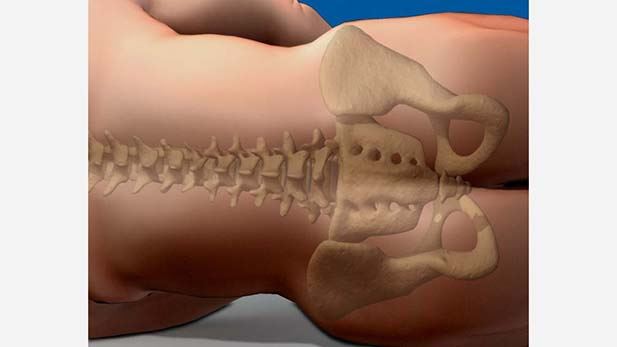

Library > Medical Professional - Clinical > Invasive Procedures > Lumbar Puncture for Medical Professionals
Try Simtics for free
Start my free trialLumbar Puncture for Medical Professionals

Check our pricing plans here
Unlimited streaming.
A lumbar puncture (also called a spinal tap) is used to collect and assess the cerebrospinal fluid (CSF) for diagnostic or therapeutic purposes. A lumbar puncture is also used as an access method for purposes such as spinal anesthesia, introduction of radiopaque contrast media (e.g., myelography), and administration of corticosteroids, antibiotics, and chemotherapeutic agents. Including both Learn and Test modes, the online simulator offers a clinical scenario that tests your ability to perform a lumbar puncture. Practice the steps of the procedure online as often as you want, until you feel confident.
If you are not a medical student or physician, you may prefer the other version of this module, which includes all the procedural information needed by professionals in other roles: /shop/clinical/medicinenursing/general-procedures/lumbar-puncture
You’ll Learn
- pre-procedure considerations related to a lumbar puncture
- to visualize the anatomy of the spine
- how to infiltrate local anesthetia into the skin and subcutaneous tissue
- to practice and perfect your skills inserting the spinal needle and obtaining cerebrospinal fluid for analysis
- much more (see “content details” for more specific information)
- Describe the pre-procedure considerations for a lumbar puncture.
- Describe and demonstrate the preparation for a lumbar puncture.
- Describe and demonstrate the proper positioning and technique for a lumbar puncture.
- Identify the anatomical landmarks used for insertion.
- Describe and demonstrate how to perform a lumbar puncture using aseptic technique.
- Identify the correct insertion site used in a lumbar puncture.
- Describe and demonstrate ascertaining the correct depth for the spinal needle insertion.
- Describe and demonstrate how to measure the cerebrospinal fluid (CSF) pressure.
- Identify and understand the correct cerebrospinal fluid (CSF) collection and analysis.
- Describe and demonstrate the correct post-procedure considerations.
- Define and demonstrate correct recording and reporting procedures.
- Define and use related medical terminology.
- Understand Occupational Safety and Health Administration (OSHA) guidelines.
- Understand correct post-procedure considerations.
- Explain the Patient Privacy Rule (HIPAA), Patient Safety Act, and Patients' Bill of Rights.
The SIMTICS modules are all easy to use and web-based. This means they are available at any time as long as the learner has an internet connection. No special hardware or other equipment is required, other than a computer mouse for use in the simulations. Each of the SIMTICS modules covers one specific procedure or topic in detail. Each module contains:
- an online simulation (available in Learn and Test modes)
- descriptive text, which explains exactly how to perform that particular procedure including key terms and hyperlinks to references
- 2D images and a 3D model of applied anatomy for that particular topic
- a step by step video demonstration by an expert
- a quiz
- a personal logbook that keeps track of all the modules the learner has studied and how long
For more details on features and how your students can benefit from our unique system, click here.





